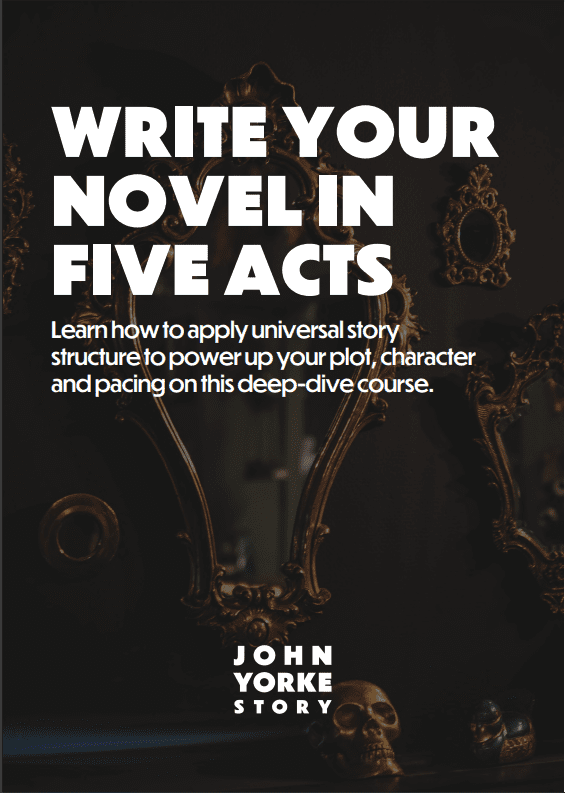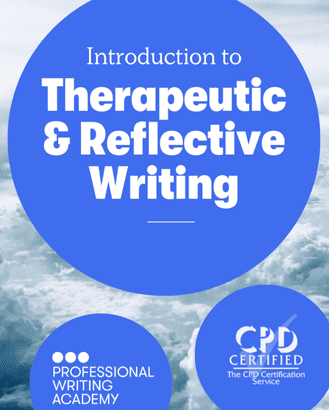Question: Can you tell us about Tinder Press, Mary-Anne?
Mary-Anne Harrington — Tinder Press is Headline’s literary imprint. We launched in 2013 and publish 8-10 new titles a year, mostly fiction, and it’s a mixture of brand authors, and authors we’re working to establish.
They’re books we’d enter for prizes, and target at high street and independent bookshops.
Q — Tell us about the journey to being published: should you get an agent first, or go direct to a publisher?
MAH — This is an interesting one. I have to say the usual route is to get an agent first — all the debut authors I’ve published recently came via that route.
It’s not the only way — more houses are doing open submissions, some of the indie houses want authors to go direct to them, and there is always the self-publishing option. But the agent route is the most established and has quite clear benefits.
Q — How should a writer search for an agent?
MAH — Think about writers you love and try their agents with a carefully worded letter about why you loved their client’s work, and why you think they might be interested in yours. Then look to see who some of the younger agents are, on Twitter, etc.
These agents tend to be very active and are perhaps more likely to be taking on clients than the agents who have their names on the door at the agency, who will have very big and time-consuming clients.
Therefore, they might be more tied up with managing/running the business than a new agent might be.
Q — At what stage should a writer with an editor?
MAH — I know some authors do work with editors before they approach an agent, or even via an agent, before their book goes out on submission. That’s really a case-by-case thing. You want your book to be in the best possible shape when an editor first reads it.
But editors also quite like editing, so they don’t necessarily want to feel that an author has come to the end of the road with a book when it lands on their desk – they’ll usually want to work with the author to refine and improve it.
At least I know I do.
I think there is something so fresh about reading new writers — it’s very special, and discovering a writer who is genuinely special and at an early stage in their career is an incredibly privileged experience.
– Mary-Anne Harrington
Q — What makes a novel proposal stand out to you and avoid the slush pile?
MAH — As an editor, I am almost always submitted complete scripts rather than proposals, but it is helpful if somewhere in the letter there is a two or three-line summary of the book that I know will grab readers’ (and indeed booksellers’) attention.
These two or three lines don’t need to encapsulate the entire reading experience, they’re just a steer, but in an industry like this we have to depend to a certain extent on shorthand, so a pithy and preferably original pitch stands out a mile.
A really strong title also helps.
For instance, Borough Press is publishing a debut by Faber Academy Writing a Novel student, Joanna Cannon, called The Trouble With Goats and Sheep, and I can’t think of a single commissioning editor who wouldn’t have been stopped in their tracks by that title.
Q: When pitching your book, is there a requirement to reference it to previously published material?
MAH — I don’t see the requirement to reference the book to previously published material.
Yes, that’s shorthand we use as an industry, but actually I find when I’m pitching books to colleagues and booksellers they want to hear what this author/book is offering as a reading experience that they won’t have encountered elsewhere.
So it’s the differences that are important, more than the similarities. I hate the ‘Curious Incident meets Love in the Time of Cholera’ style of pitching. It makes no sense!
Q — How do you feel when you read a new writer?
MAH — I think there is something so fresh about reading new writers – it’s very special, and discovering a writer who is genuinely special and at an early stage in their career is an incredibly privileged experience.
I wonder how Jeanette Winterson’s agent and editor felt when they first read Oranges Are Not the Only Fruit, which has the kind of exuberance I think you only ever get in first fiction.
Q — What are the common mistakes you see from new writers?
MAH — The main mistake I think is not being brutal enough about whether a book ‘delivers’ in the sense of having a narrative or offering a reading experience or a hook that can be summarised or hinted at or alluded to in some enticing way.
To ignore that is to ignore so much about the way this industry works.
Other than that, I think it’s important that the opening pages are gripping and propel the reader in some way.
Too many authors — even experienced authors — can squander their reader’s attention in the early stages of a book, with set up that doesn’t necessarily have to come right at the very beginning.
Take us into the story at an engaging and readily intelligible point, it doesn’t necessarily have to be the beginning chronologically speaking.
I’ve seen so many novels turned around by breaking up this linear sense of ‘X happens then Y’, it’s definitely something to consider if you’re finding your book feels slow to get going.
Your main job in that first chapter is to convince the person who is reading it that they can trust you to deliver a story.
– Mary-Anne Harrington
Q — Are there any particular themes or genres that there’s a glut of at the moment and you don’t want to see again – and conversely are there any genres and topics that are particularly popular and you’d like to see submissions on?
MAH — There is an awful lot of psychological and domestic suspense around — there’s still room for it, but the bar is now very high in terms of quality/originality.
Readers love that genre, and I don’t see it going away soon, but you’re going to need to really put your stamp on it quite boldly to make an impact in that area.
That said, look at the success of The Girl on the Train, which has such a simple hook.
In terms of genres I’d like to see, for me it’s less a question of genre. I think so much of life and current affairs is bleak I love to read books that dare to be funny about serious or quite dark things. But that’s quite personal!
Q — Are there any stylistic writing features that you feel have been overdone?
MAH — I do now find endless description makes me feel impatient rather quickly, no matter how beautifully it’s done. It’s certainly still out there; I have just become more demanding over time.
I do hear editors moan about endless first person child narrators, but if these are done well, I still have a soft spot for them.
Q — Are there any recent books that you would have liked to publish yourself?
MAH — I would have loved to have published Sathnam Sanghera’s memoir, Boy With A Topknot. It’s a painfully funny book about an incredibly dysfunctional but loving Sikh family in Wolverhampton in the 80s/90s.
Also Dept. of Speculation by Jenny Offill, which I think is a work of genius.
Q — Thanks Mary-Anne!
Don’t forget to read the second part of this Q&A with Mary-Anne Harrington.























